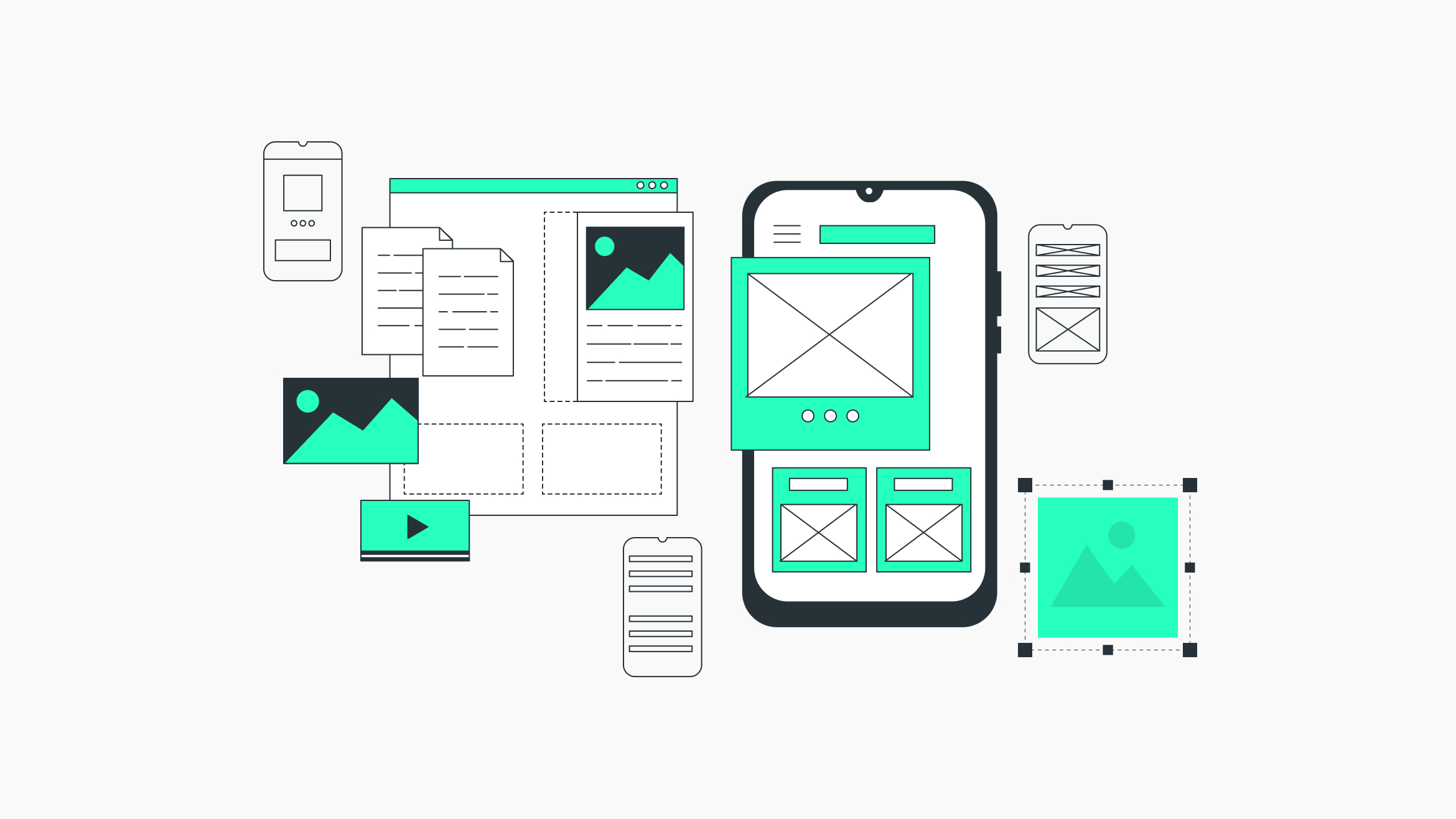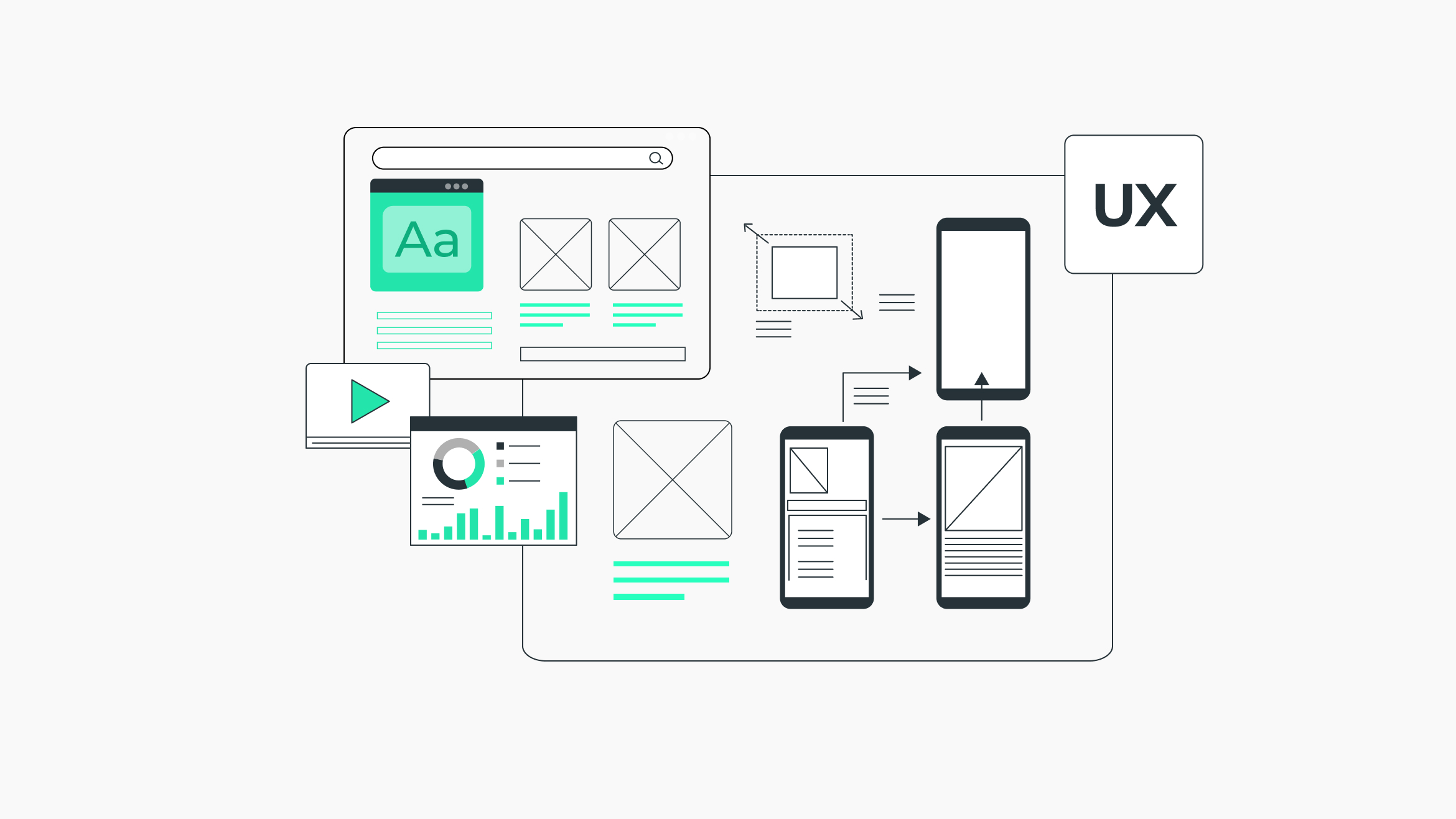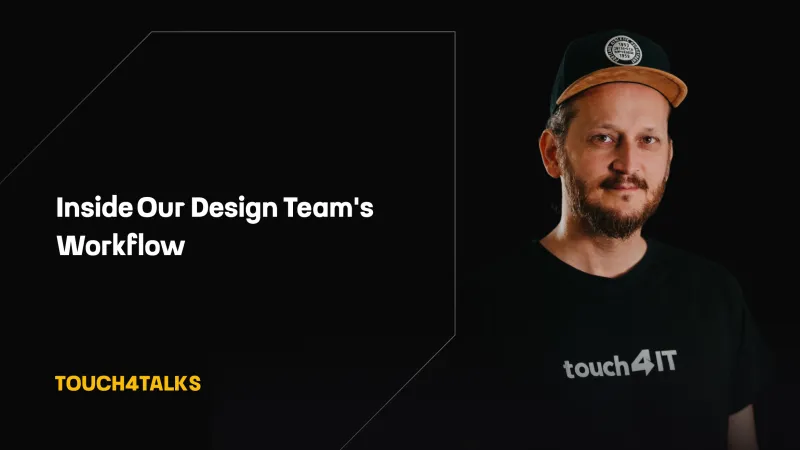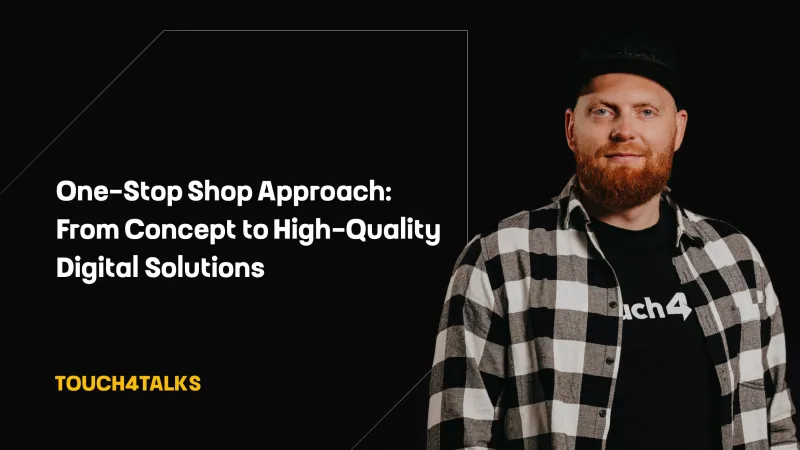What Do the Design Processes at Touch4IT Look Like?

How is the design created in its initial phase? What is most crucial, what should not be forgotten, and which roles are involved in this phase?
My Perspective as a Long-time Designer
“As a designer, I have been involved in a myriad of projects. Some are massive in scale, requiring extensive collaboration with numerous professionals, and multiple meetings, and can take a year or more. Others are smaller, perhaps focusing on just a feature or even part of a feature, taking only days or hours to design.
It can be tempting to dive straight into the more enjoyable parts of design without spending time on meetings and documentation. However, this approach is misleading. Even if a project is small and seems straightforward, underestimating the design process can lead to costly mistakes later.
I have witnessed many projects falter or drag on indefinitely because they skipped these initial steps. Numerous issues can arise when developing a product; adding uncertainty only compounds these challenges.
To ensure a project's success from a design perspective, following a well-established and proven design process is crucial. This method guarantees a faster and more efficient achievement of project goals.”
Design Processes at Touch4it
We can distinctly see the benefits of a well-defined design process over a hasty, improvised approach. Clients often press for quick results and push the team at all stages, which is why the design process needs to be straightforward and for all stakeholders to be aware of the necessary steps.
Each project is unique—whether it's in the field, the goals set, the people involved, the budget, or the deadline. It's crucial to adapt and modify the process as needed while maintaining flexibility. At Touch4IT, we divide the design process into three distinct phases: Product Definition, UX/UI Design, and Development & Release.
The product definition phase includes:
Project brief
Kick-off meeting / Workshop
Research
Product scope
UX/UI Design phase includes:
Screen flow
Lo-fi design and prototype
Solution validation
High-fidelity UI design
Development handout
The development & release phase includes:
UX/UI review & assistance
Retrospective / Feedback
Product presentation

Do not forget about the product definition.
To initiate the design work, all participants need to fully understand the project. Preparing as detailed a brief as possible before the first kick-off meeting with the client is recommended, as this enhances time efficiency. Typically, the sales team and project manager collaborate with the client to prepare this brief.
Some aspects of the brief might seem overly specific or even trivial at first. However, these details can prove invaluable, particularly when the project's scope becomes complicated, or when initial plans are changed or misunderstood. The brief serves as a reliable reference that you can return to verify decisions and align the team's efforts.
Let’s have a look at a simple brief:
Project Overview: Provides a quick description of the product, including its vision, goals, and target audience.
Key Features List: Offers insight into the project's scale and should align with the overall vision. This is also the time to define the user journey to achieve specific goals, integrating the vision, goals, features, and audience.
Design Specifications: Clients often have a corporate identity or a clear vision of the desired visual style. Detailing the color scheme, typography, and overall feel of the final product beforehand is beneficial.
Technology and Resources: Outline what will be necessary to develop the product and how long it might take. Include a timeline and note any critical deadlines.
Budget Considerations: Evaluate the budget based on the above requirements to determine if it is adequate or if the scope needs to be reduced to a minimum viable product (MVP).
Team Composition: List all required team members, specify their roles and responsibilities, and check their availability against the timeline.
Risk Management: Identify potential risks or challenges that could impact the project's success and outline strategies to mitigate them. Define metrics to measure the digital product's success and describe how these will be tracked over time.

What is the output of this?
By this stage, you should have a clear understanding of the project's basics. The brief is ready to be shared with other stakeholders before the kick-off meeting. Including client assets such as design manuals, research documents, and presentations in the brief is considered best practice.
Next step: Kick-off meeting
The next step is the kick-off meeting with team members and the client. This meeting is an opportunity to refine the brief, fill in any gaps, and ensure everyone understands the tasks ahead.
We are working on a follow-up article discussing the essentials of a proper design kick-off meeting...



